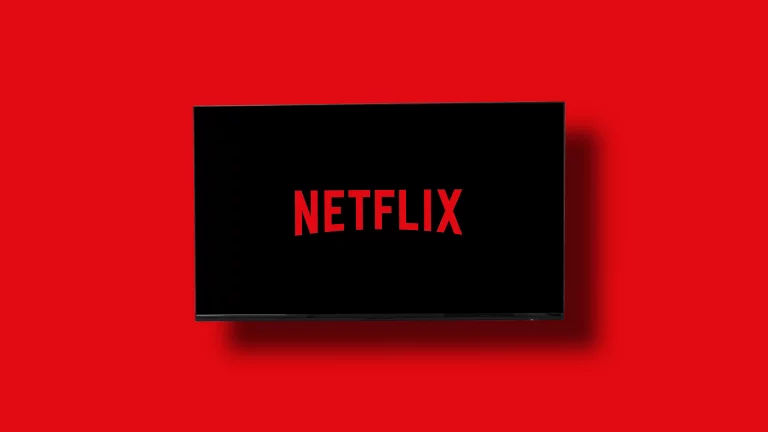
Netflix, the global streaming juggernaut, delivered a stellar first quarter in 2025, reporting $10.5 billion in revenue, a robust 13% increase from the previous year, driven by strategic price hikes and a powerhouse slate of programming, including the breakout UK series Adolescence.
The company’s earnings surged 25% to $6.61 per share, handily beating Wall Street’s expectations. With a commanding audience of over 700 million viewers worldwide, Netflix showcased its financial might, posting a 31.7% operating margin and $3.3 billion in operating income, a 27% leap that underscores its disciplined spending and growing profitability.
“We’re focused on delivering value to our members while strengthening our financial foundation,” co-Chief Executive Officer Greg Peters declared.
Register for Tekedia Mini-MBA edition 19 (Feb 9 – May 2, 2026): big discounts for early bird.
Tekedia AI in Business Masterclass opens registrations.
Join Tekedia Capital Syndicate and co-invest in great global startups.
Register for Tekedia AI Lab: From Technical Design to Deployment (next edition begins Jan 24 2026).
Netflix is moving away from subscriber counts to emphasize revenue, profit, and margins, signaling a mature phase of growth that prioritizes extracting value from its vast user base through price adjustments, an expanding ad-supported tier, and innovative content strategies.
Netflix’s Q1 2025 performance marks a high note in its evolution from a scrappy disruptor to a global entertainment behemoth. The $10.5 billion revenue, up from $9.3 billion in Q1 2024, underlines the success of recent price increases rolled out in markets like the U.S., France, and Nigeria, alongside a diverse content lineup resonating across 190 countries.
Operating income climbed 27% to $3.3 billion, surpassing forecasts of $3 billion, while the operating margin hit 31.7%, more than three percentage points above Netflix’s own projections.
The earnings per share of $6.61, a 25% jump from last year, exceeded analysts’ estimates, sending Netflix’s stock upward in after-hours trading. The company’s financial health is seen as a testament to its ability to balance blockbuster investments, $17 billion annually on content, with operational efficiency. Hits like Adolescence, a gritty UK drama that captivated audiences, alongside localized content in markets like Japan and India, underscore Netflix’s knack for crafting globally appealing stories while catering to regional tastes.
“Our content strategy is firing on all cylinders,” Peters told analysts, pointing to the company’s ability to “deliver joy to members worldwide.”
However, the company announced it will no longer disclose quarterly subscriber additions or losses, a metric that once dominated investor scrutiny. After a record-breaking 2024, when Netflix added 18.9 million subscribers in its final quarter, the company is bracing for slower growth in 2025, particularly in the U.S., where price hikes have tested consumer tolerance. Instead of chasing subscriber numbers, Netflix is doubling down on traditional financial metrics—revenue, profit, and margins—to signal a mature business focused on maximizing value from its 700 million-strong viewer base.
This pivot reflects Netflix’s confidence in its market position and its ability to drive revenue through higher average revenue per user (ARPU). In July 2024, the company implemented price increases across key markets, following an earlier adjustment in April. In Nigeria, the Premium Plan surged 40% to N7,000 ($4.30) from N5,000 monthly, while the Standard Plan, popular for its HD quality and multi-screen options, rose 37.5% to N5,500. Similar hikes in France and the U.S. aim to boost ARPU, a critical lever as subscriber growth slows in saturated markets.
Netflix is also leaning into its ad-supported tier, launched in select markets and now a cornerstone of its growth strategy. With digital advertising projected to reach $200 billion globally, Netflix is testing new ad technologies to capture a larger share, competing with platforms like YouTube and Amazon’s Prime Video. The ad tier, offering lower-cost subscriptions, has gained traction, particularly among price-sensitive users, and is expected to drive incremental revenue without relying solely on subscription fees.
The company’s $17 billion content budget supports a sprawling pipeline, from tentpole films like The Electric State to localized series that deepen market penetration. Netflix’s data-driven approach, leveraging viewer insights to greenlight projects, ensures high engagement, with 90% of subscribers watching original content monthly. This global-local strategy, paired with investments in live events like sports and comedy specials, positions Netflix to maintain its cultural dominance even as competitors like Disney+ and Max vie for market share.
While Netflix’s Q1 results are a triumph, its aggressive price strategy carries risks. The back-to-back hikes in Nigeria, 37.5% for the Standard Plan and 40% for Premium within three months have tested subscriber loyalty in a market sensitive to cost increases. Similar sentiments in the U.S., where price adjustments have slowed subscriber growth, highlight the challenge of balancing profitability with affordability.
Peters acknowledged the delicate dance, stating, “We’re closely monitoring consumer sentiment to ensure our pricing aligns with the value we deliver.”
The ad-supported tier, priced lower than standard plans, aims to mitigate churn, but analysts believe its success hinges on delivering seamless user experiences and attracting advertisers.
Netflix’s Q1 success comes as the streaming wars intensify. Disney+ and Amazon’s Prime Video are ramping up ad-supported offerings, while HBO’s Max invests in prestige dramas to challenge Netflix’s dominance. However, Netflix’s scale, 700 million viewers, and a $300 billion market cap give it a formidable edge. Its ad-tier, still in early stages, is poised to capitalize on the shift of ad dollars from linear TV to streaming, with Netflix projecting 50 million ad-tier users by 2026. Innovations like interactive ads and shoppable content, tested in markets like Canada, could further differentiate its platform.



